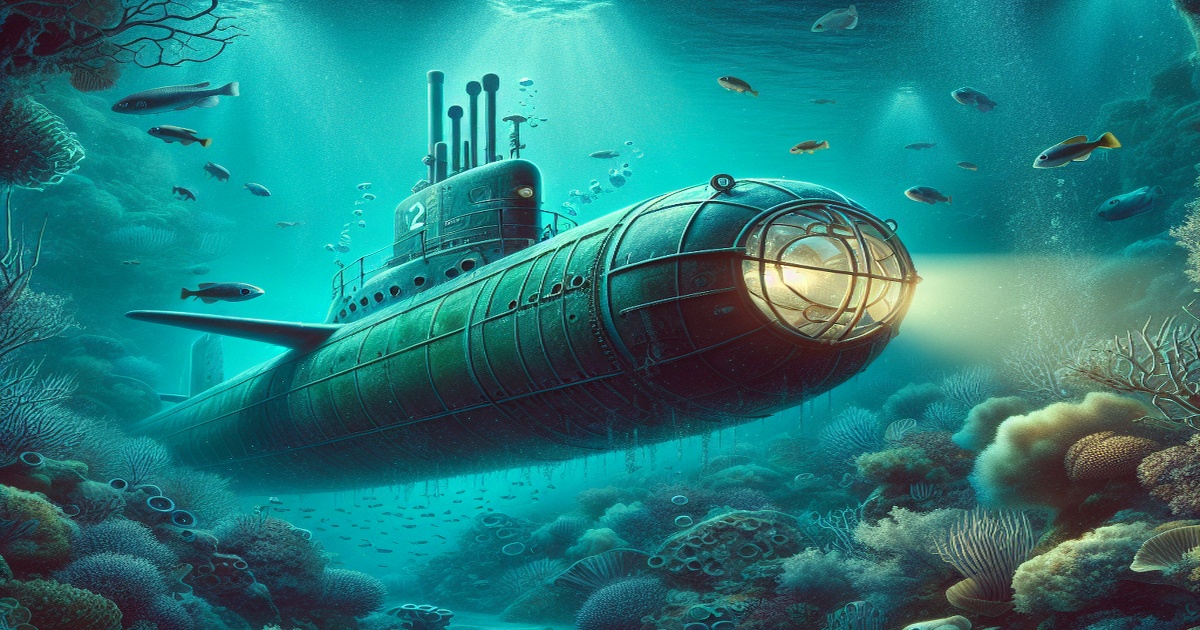A Glimpse into Submarine History
The USS Becuna, a World War II submarine, now rests at the Independence Seaport Museum in Philadelphia. Its five patrols and 3,888 tons of sunk shipping earned it four combat stars. After the war, it served as a training vessel and conducted surveillance missions. In 1951, it underwent a GUPPY 1-A conversion, making it the only remaining submarine of its kind.
Alongside the Becuna lies the Olympia, the oldest steel warship afloat. Its service began in 1895, ending in 1922. It became a museum in 1957, while the Becuna opened to the public in 1976. The fresh water of the Delaware River helps preserve these historic vessels.
A tour of the Becuna reveals fascinating details about life aboard a submarine. The commanding officer, the person in charge, had the only private room. The forward engine room housed evaporator distillers that produced fresh water, crucial for the submarine's operation. Hygiene was a luxury, with only enough water for a two-minute shower per crew member each week.
The Becuna's story highlights a lesser-known period in submarine history, between World War II and the rise of nuclear vessels. These diesel-powered submarines played a vital role in the years before the nuclear fleet came online. The museum aims to educate visitors about this crucial era in submarine history.







5 Comments
Eugene Alta
Learning about the vessels that protected our freedom is crucial. We should never forget their sacrifice.
Katchuka
Museums provide unique educational experiences beyond the classroom. This is a valuable resource for all ages.
Noir Black
Understanding the evolution of submarines is crucial for appreciating modern technology.
BuggaBoom
Four combat stars? This sub saw some serious action! A true testament to American courage.
KittyKat
Diesel-powered? Talk about contributing to climate change! This museum should be promoting sustainability.